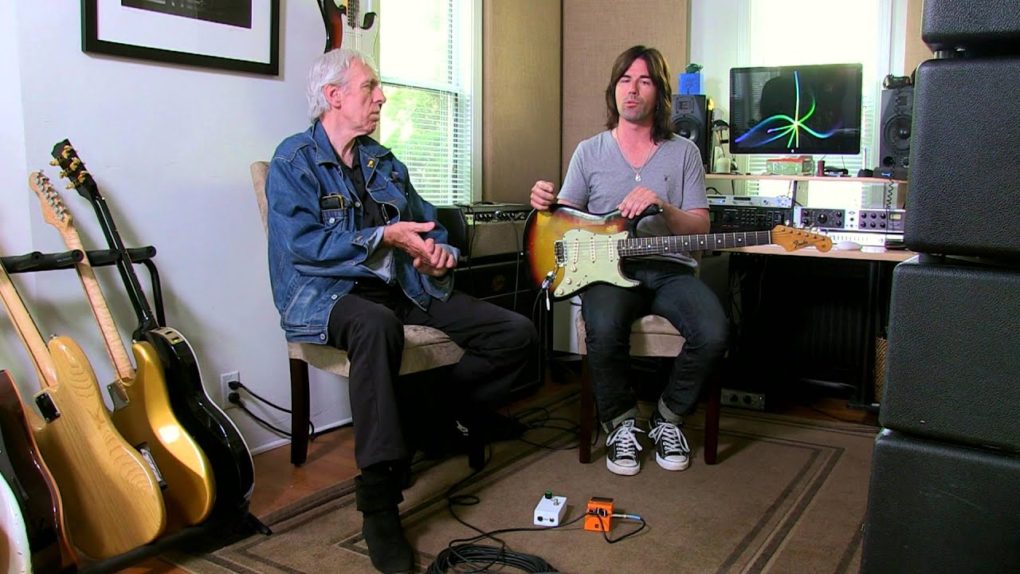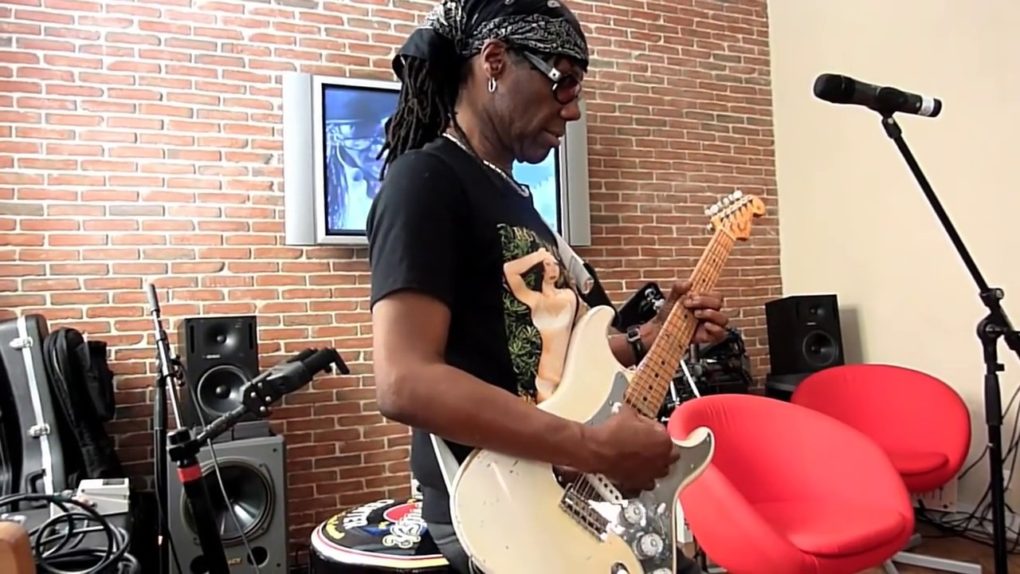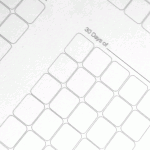I have seen this so many times…and I just wanted to add my two cents.
Today I bumped into this video:
This video makes perfect sense…so why is true bypass so popular, and used by most boutique pedal makers?…it cannot be just a hype or a selling point, it would not have lasted this long.
I mostly use true bypass pedals, as I feel that the buffer changes the nature of the sound. This is just my personal opinion. But I also agree that with longer cables, which I use when I play bigger venues, the sound gets really dull and dark. To make a comment on this video…who the hell uses 50 feet cables, unless you are playing in a major venue?? To do everyday gigs, I have never used a cable longer than 16 feet, and I feel the loss of treble with good cables (I have been using for over 10 years and endorse Spectraflex cables) is not something I miss.
So the solution I use is a switch-able line driver/buffer when I do bigger gigs. Something like this http://www.jimdunlop.com/product/mc406-Buffer. Hence it is not True Bypass vs Buffer but True Bypass and Buffer in my opinion. For the same reason that we keep in our pedal boards different booster and distortion pedals to suit different scenarios, it should be the same with type of switching.
What’s your opinion on the subject? Leave a comment.


